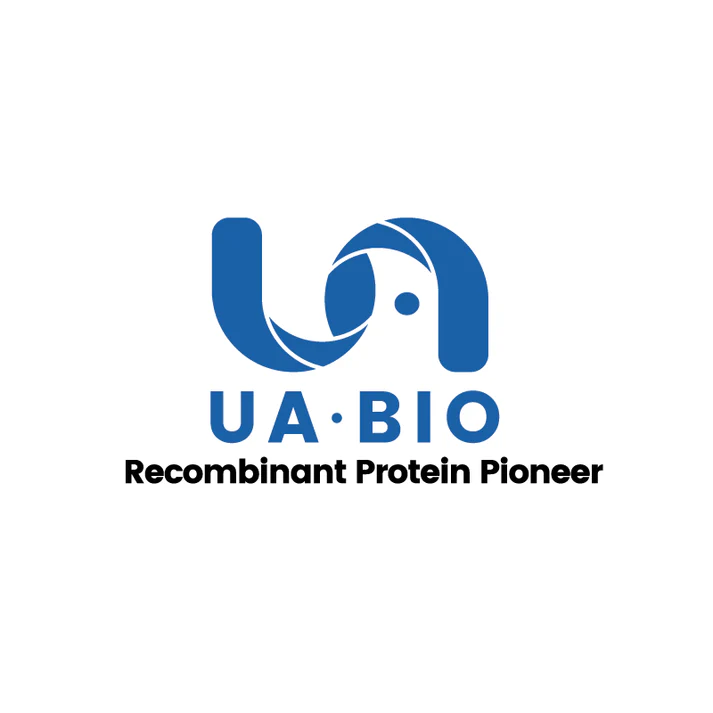Determined by a cytotoxicity assay using human TF-1 cells. The ED50 for this effect is less than 1.5 ng/mL.
Product Details
Product Details
Product Specification
| Species | Mouse |
| Synonyms | Interferon beta; IFN-beta; Ifnb1; Ifb; Ifnb; |
| Accession | P01575 |
| Amino Acid Sequence | Ile22-Asn182, with C-terminal His Tag |
| Expression System | HEK293 |
| Molecular Weight | 30-40 kDa (Reducing) |
| Purity | >95% by SDS-PAGE and HPLC. |
| Endotoxin | <0.1EU/μg |
| Conjugation | Unconjugated |
| Tag | His Tag |
| Physical Appearance | Lyophilized Powder |
| Storage Buffer | PBS, pH7.4 |
| Reconstitution | Reconstitute at 0.1-1 mg/ml according to the size in ultrapure water after rapid centrifugation. |
| Stability & Storage | ·12 months from date of receipt, lyophilized powder stored at -20 to -80℃. |
| Reference | Nat Rev Immunol. 2014 Jan;14(1):36-49. |
Background
Interferon beta (IFN-β) is a type I interferon that plays a critical role in the immune response to viral infections and other pathogens. In mice, IFN-β is produced by various cell types, including fibroblasts, macrophages, and dendritic cells, in response to viral infection or other stimuli. Upon secretion, IFN-β binds to the interferon alpha/beta receptor (IFNAR) on target cells, leading to the activation of signaling pathways that induce the expression of interferon-stimulated genes (ISGs). These ISGs have antiviral, immunomodulatory, and anti-proliferative effects, contributing to the host defense against viral infections and the regulation of immune responses. IFN-β is also used as a therapeutic agent for the treatment of multiple sclerosis due to its immunomodulatory properties.
Picture
Picture
Bioactivity
SDS-PAGE
2μg (R: reducing condition, N: non-reducing condition).
SEC-HPLC
>95% as determined by SEC-HPLC.


